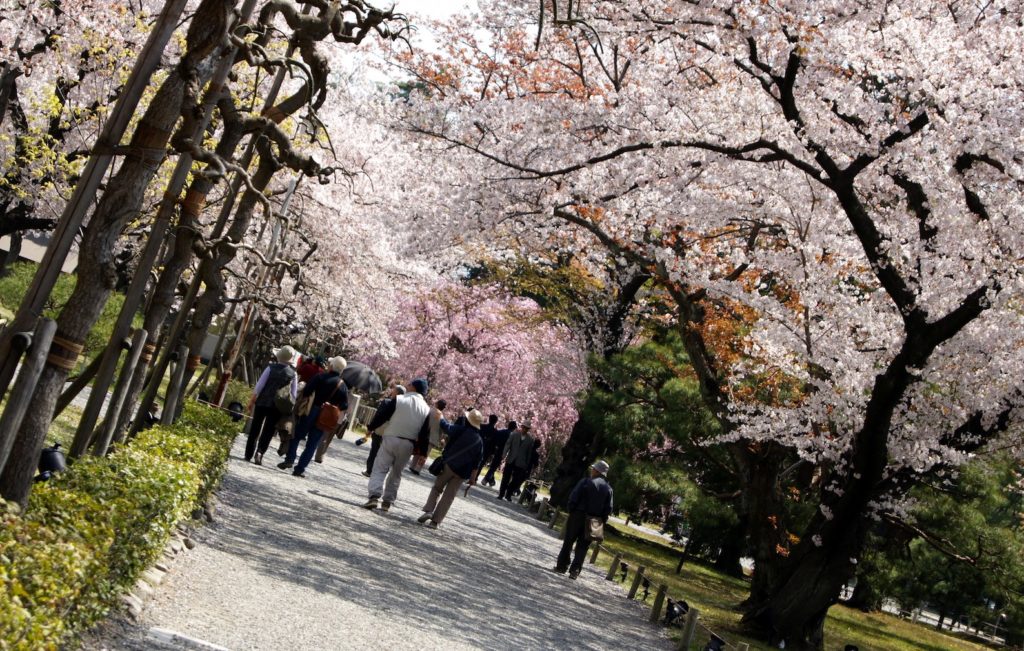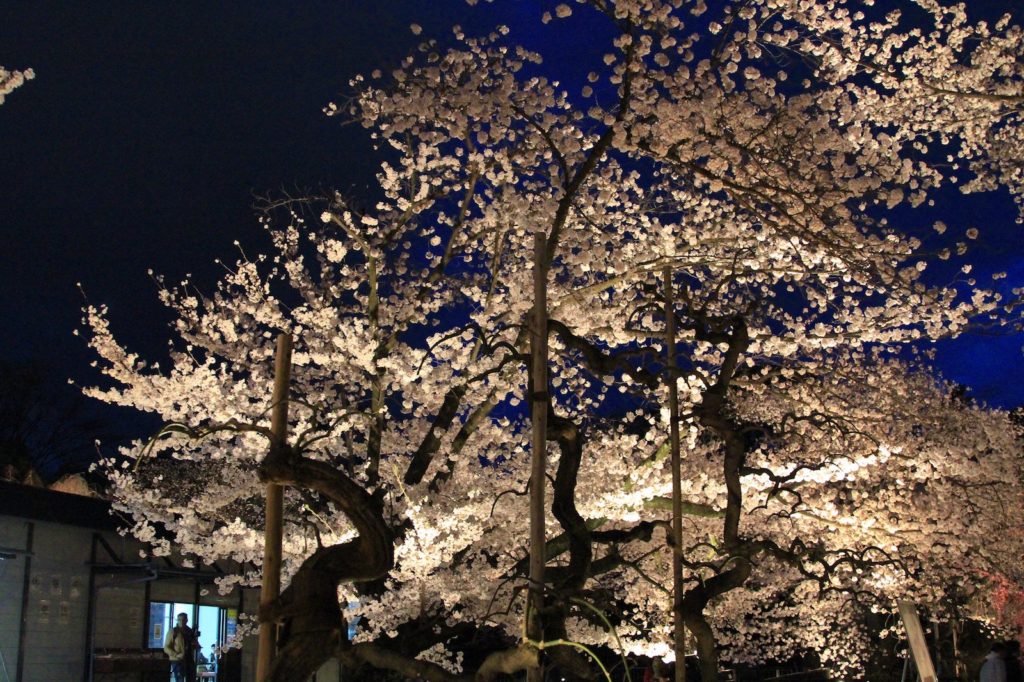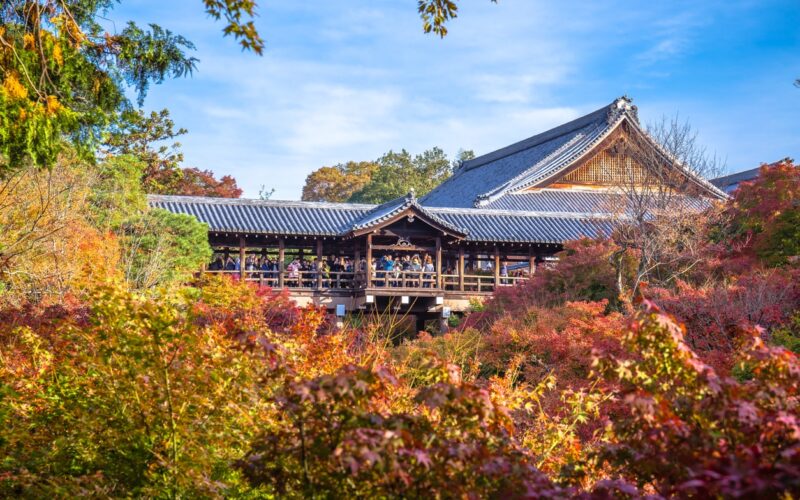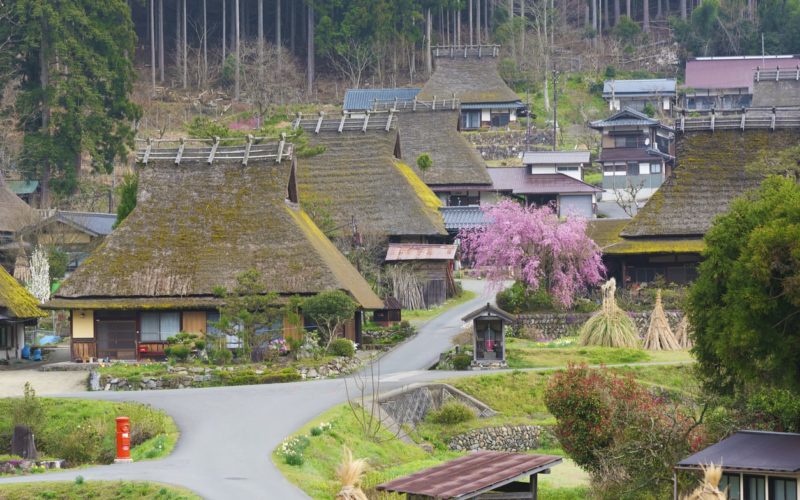Nijo Castle
Kyoto’s undiscovered gem.
Nijo Castle probably isn’t the first destination that comes to mind when one thinks of famous places to visit in Kyoto.
It is after all one of the 17 sites across Kyoto to be collectively designated by UNESCO as a world heritage site under the combined banner of Historic Monuments of Ancient Kyoto. The castle’s rich history begins in 1601 when Tokugawa Ieyasu, the first shogun of the enduring Tokugawa dynasty, ordered its construction to serve as the official residence of the shogun in Kyoto. The castle itself houses two palaces, the Ninomaru and the Honmaru.

Photo by: Luca Mascaro Walking the Nijo Castle garden in spring.
One of the most intriguing features of the Ninomaru Palace is the so-called “nightingale floors.” Back in those feudal times, high-ranking political officials had to live with the constant threat of assassination. Nijo Castle had its own unique way of keeping would-be assassins at bay: the floors of the castle were designed in such a way to make it impossible to step on them without making noise. The sound those wooden floorboards created was often likened to birdsong, hence the nightingale name.
Today ambitious school children and some adults, too, try — and invariably fail — to be the first to traverse the walkways of the Ninomaru Palace silently.
The palace also has numerous hidden doorways to allow for the swift deployment of guardsmen wherever necessary.

Photo by: Tony Lin Beautiful sakura light up at Nijo Castle.
At some 1,600 square meters, the Honmaru Palace is around half the size of its neighbor and is perhaps most famous for hosting the enthronement banquet of Emperor Hirohito in 1928.
Perhaps the most splendid feature of Nijo Castle is not the castle itself, nor the palaces contained therein, but rather the gardens that encircle the keep. Of the gardens, probably the most famous among them is the Seiryu-en Garden, completed in 1965, which contains two teahouses and has been used to host numerous cultural events for the city of Kyoto through the years.
Topics: cherry blossoms, history, kyoto, spring


